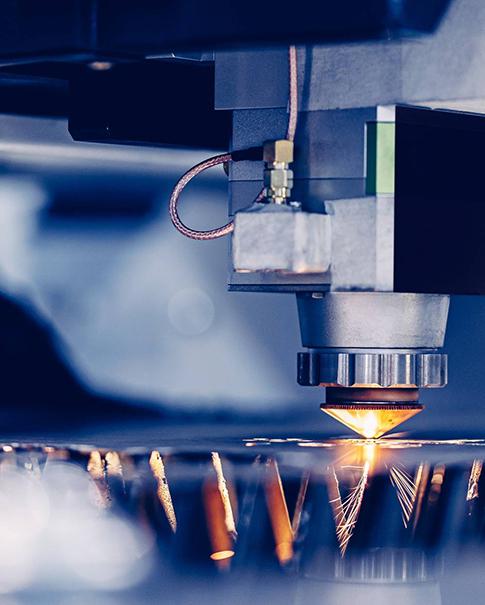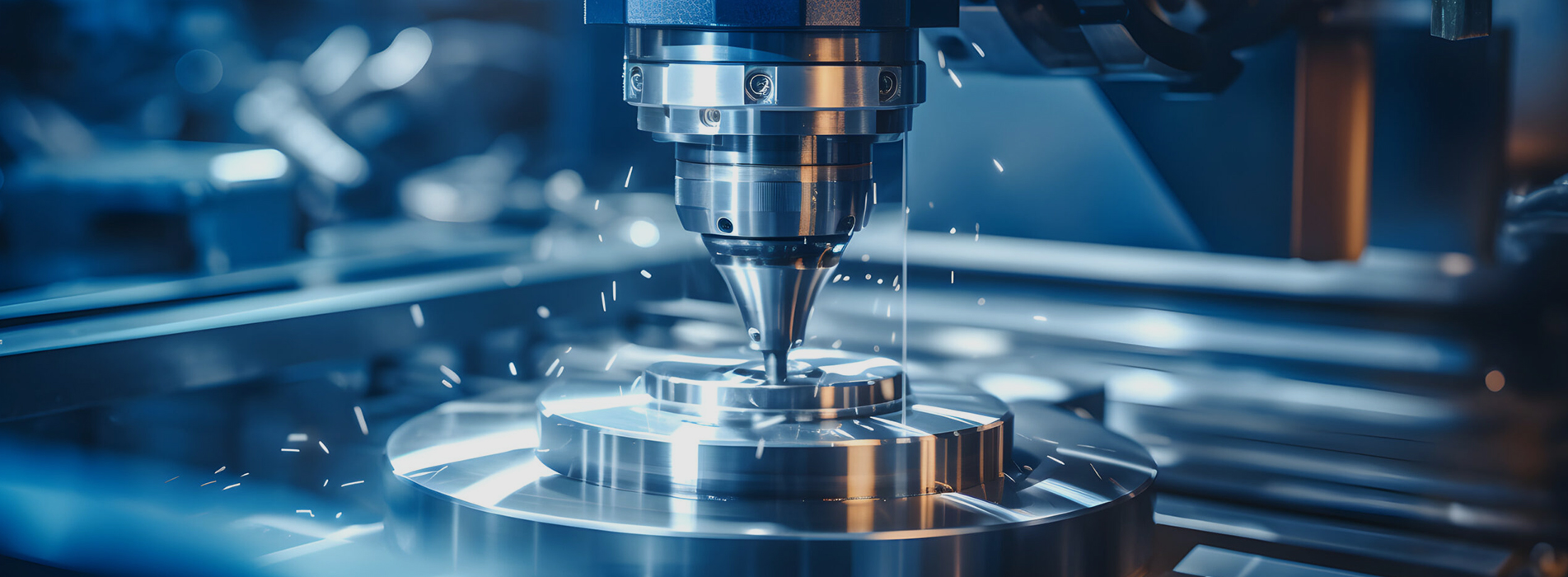| Helps the tool shear copper instead of smearing it |
| Cutting Edge |
Sharp, polished edge |
Prevents built-up edge and keeps surfaces smooth |
| Lubrication |
Cutting oil or silica-based coolant (milk-like viscosity) |
Keeps chips from sticking and controls heat |
| Chip Clearing |
Air blast or mist |
Prevents burrs and scratches from recut chips |
| Feeds/Speeds |
High RPM, steady feed |
Keeps material cutting clean rather than rubbing |
Getting these basics right often means fewer burrs, less heat, and cleaner parts straight off the machine.
If you want a broader breakdown across different metals and plastics, check out our full guide on feeds and speeds in CNC machining. It'll give you a reference point when tuning copper-specific settings.
Fixtures, Workholding & Design Tips for Machining Copper
Soft metals like copper don't forgive sloppy setups. Strong workholding and smart design choices are key in copper CNC machining. Use this as a checklist:
| Area |
Best Practice |
Why It Matters |
| Tool Stick-Out |
Keep it minimal; seat tool deep in collet |
Reduces vibration and chatter |
| Collet Depth |
Maximize depth for small tools |
Improves stability and accuracy |
| Wall Thickness |
Minimum ~0.5 mm |
Thinner walls flex or deform under load |
| Deep Pockets |
Avoid unsupported features |
Copper tends to chatter and deflect |
| Part Support |
Use soft jaws or custom fixtures |
Holds copper without marring the surface |
These tweaks help maintain dimensional accuracy and surface quality while avoiding tool wear and wasted setups.
Common Pitfalls & Troubleshooting

(Envato)
Machining copper isn't all smooth sailing. Even with the right setup, there are a few things that trip people up:
- Tool Wear: Copper loves to stick to the cutting edge, building up until your tool is dull. Expect to swap tools more often than with aluminum.
- Built-Up Edge: That gummy behavior creates adhesion on the tool, which kills surface finish. The fix? Keep tools razor-sharp and don't skimp on coolant.
- Work-Hardening: If chips aren't cleared, they get cut twice, hardening the surface and making the next pass harder. Air blast or flood coolant helps keep chips moving out of the cut.
The takeaway: good tooling, constant chip evacuation, and sharp cutters are your best friends in CNC copper work.
CNC Copper Machining vs Alternative Methods

(Envato)
Copper parts can be made a lot of ways, EDM, laser cutting, even chemical etching. But for precision shapes and tight tolerances, CNC copper machining often wins. Here's the breakdown:
| Method |
Strengths |
Limitations |
Best Use Case |
| CNC Milling/Turning |
High precision, smooth finishes, fast turnaround |
Tool wear, burrs if chips aren't managed |
Prototypes, electrical connectors, precision blocks |
| EDM (Electrical Discharge Machining) |
Great for very fine features, hard-to-cut shapes |
Slower, higher cost |
Intricate cavities, sharp internal corners |
| Laser Cutting |
Fast for 2D profiles, no tool wear |
Struggles with thicker stock, heat-affected zones |
Flat parts, brackets, simple outlines |
| Chemical Etching |
Good for ultra-thin sheets |
Limited thickness, slower process |
PCB foils, thin copper shims |
For most parts, machining copper on CNC gives you speed, repeatability, and a finish that usually needs little to no extra work. EDM and other methods shine when geometry is extreme, but milling covers the majority of practical jobs.
Applications & Why You'd Choose CNC Copper Machining

(Envato)
Copper's unmatched electrical and thermal conductivity makes it the go-to choice when performance matters. CNC machining allows you to shape this tricky but valuable metal into parts with tight tolerances and clean finishes.
Common applications include:
- Busbars & power distribution parts – where low resistance is non-negotiable.
- Heat sinks & thermal plates – copper's ability to pull heat away keeps electronics running cool.
- RF connectors & antennas – precision-machined copper components ensure signal clarity.
- Valve bodies & fluid components – corrosion resistance plus machinability makes copper ideal.
- Electrodes for EDM – copper's conductivity supports efficient spark erosion.
In short, if the job requires fine details, excellent conductivity, and high reliability, copper CNC machining beats casting or forming every time.
Copper's ability to deliver both fine detail and reliable conductivity also makes it a quiet hero in medical tech. We've covered more on that in our piece about CNC machining for medical devices.
At Keso, we've helped engineers and manufacturers turn raw copper stock into finished parts, from custom busbars to intricate RF connectors. You can get started with a free quote, and in some cases, parts cost as little as $1.















 SUBSCRIBE TO OUR NEWSLETTER
SUBSCRIBE TO OUR NEWSLETTER






